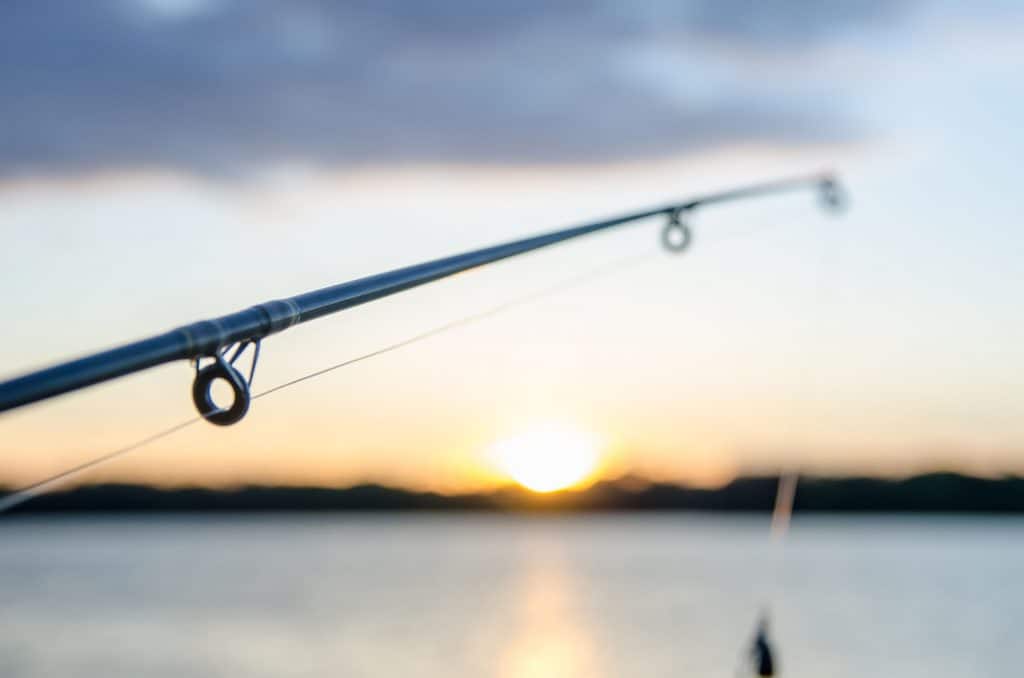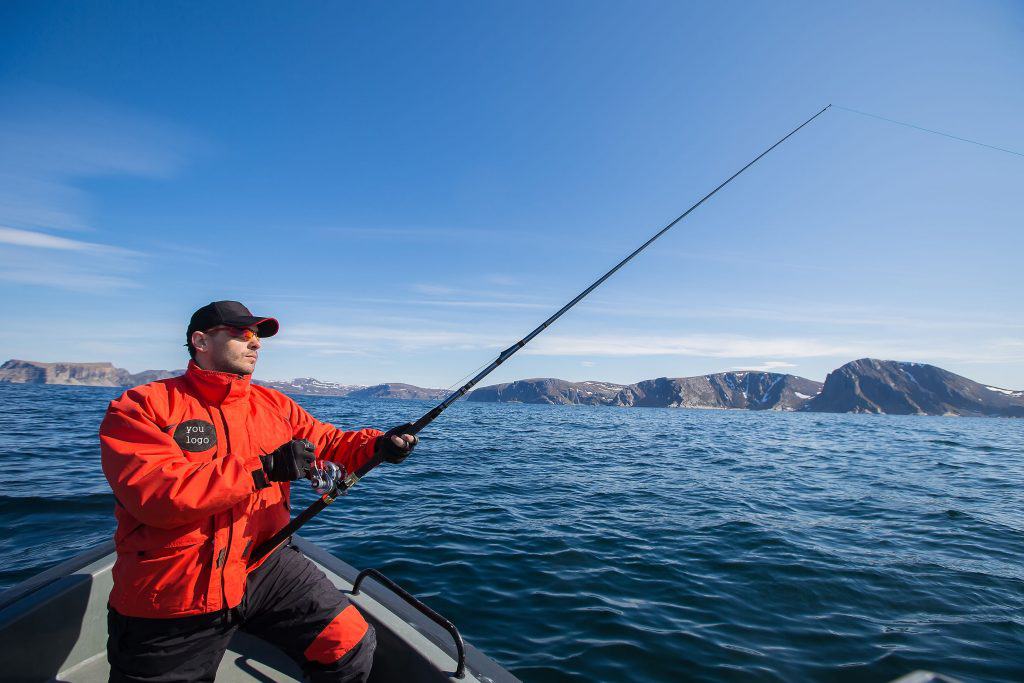
Baitcasting rods are used almost strictly with baitcasting reels. As the name implies, the two together make for the ideal fishing rod to cast out bait into the water.
What is a baitcasting rod? The baitcasting rod, also known as a casting rod, is a fishing rod that is optimized to cast the line and bait with a baitcasting reel. The benefits of a baitcasting setup all come from the reel. The casting distance is increased dramatically, as well as the control the user has over the line and hook
Benefits range everywhere from casting techniques to an increase of the size of fish caught. Switching to a casting setup from a spin setup can have its benefits, but the changes are important to be aware of.
Baitcasting Setup
A baitcasting rod has the reel mount on the top of the rod. This allows the line to be laid across the top of the rod, pushing down on the rod as the fish puts tension on the line. The reel has many features built into it to make the fishing more effective and efficient.
Features:
Reel shape – One of the biggest advantages to the baitcasting reel is the shape of it. The reel lays on top of the rod, letting out the
The actual shape of the rod can either be round, which can give more line and heavier line, or it can be low profile. The low profile has easier access to the line and allows for easier use when using more wrist action.
Braking system – Most casting reels have a bar across the top of the reel. When the braking system is activated, the bar flips down and applies enough friction to the line that it stops, or at least slows down.
The problem with this is the whiplash factor when it suddenly stops. Most brake systems can be adjusted to be lighter or heavier depending on the situation.
Ball Bearings – The ball bearings work wonders in helping the line being released smoothly and reeled in smoothly. Be sure when you buy a reel with bearings that you check the quality over the quantity.
Line guides – These help direct the line in or out of the reel up the side of the rod. The higher quality they are, the less likely they are to crack and have a chance to break your line.
Handles – The handles are double-sided, meaning that there’s more crank action available. It helps to be able to choose either pulling the handle towards you or pushing it away.
Advantages and Disadvantages

There are a lot of advantages involved with baitcasting rods, especially in regards to performance,
Advantages:
The casting difference between casting rods and any other type of rod really shows why and how it got its name. Distance is increased dramatically with a casting rod over a spinning rod or a fly rod.
Similarly, the precision of baitcasters is uncannily accurate. In personal experience, I’ve been able to accurately place a lure 30′ away within 2 or 3 inches away from my target location.
Control over a jig or regular bait is also magnified with the baitcasting setup. This type of control is crucial in attracting the attention of different types of fish.
Disadvantages:
The most common fear of fishermen is the fear of a bird’s nest or a massive tangle of the line as something goes wrong with the reel or cast. Most of the time, it isn’t possible to be able to untangle the mess and you end up having to cut the line and lose yards and yards of line.
This is common for newer baitcasting fishermen, but after a while of learning how to not do it, it rarely ever happens.
The brake system, while very useful, is sometimes hard to gauge correctly, and you can receive a lot of whiplash as you set the brake. This sometimes results in the dreaded bird’s nest.
A common love for the baitcaster rods is directed to the speed at which the baitcasters can reel in the line. The ratios of baitcasters can get pretty high, and this can cause issues of correctly gauging how fast you’re reeling in the lure or bait. This can cause your lure to out-swim the fish.
Rod Specifics
The length of your rod depends on a lot of things, but there are other things that can optimize your rod to the location and type of fish that you’re seeking out.
Length:
The length of your rod has a lot to do with the location that you intend to fish. If the banks are overgrown and have a lot in your casting range, a large rod will be hard to work with.
Conversely, if it’s too short, you won’t be able to cast out far enough to catch the fish you want. There is a perfect medium for most places, but I usually use a 7’6″ – 8′ rod.
Action Tip:
The action of the tip refers to the sensitivity the tip of the rod has. The sensitivity is based on how far the tip bends down the rod, and how much the rod can bend. If it can bend more, it will take less to make it move.
A fast action rod will start to bend in the first third of the rod. B
A medium action rod will start to bend about halfway down the rod. This will allow the rod to take more pressure before alerting you of the presence of an increase in tension. The increase can be caused by a fish or a snag.
A slow action rod will take a lot more pressure to start bending, as it starts to bend near the base of the rod. Once you notice that the rod is bending, the fish will already be set, or you’ve lodged the lure/ hook deep into a plant or sunken log.
A Different Rod for Different Fish
Companies have made this very easy for the fishermen to decide which rod to buy. There is a type of rod for pretty much every type of fish. The types of rods are optimized for each type of fish and how they live.
This can mean that it could get kind of expensive if you’re trying to catch every type of fish on their type of rod. Find one rod that works well for you, and use it as widely as you can.
Related Questions
What is the difference between a spinning rod and a baitcasting rod? There are differences between the reels and fishing styles in spinning and baitcasting rods. Spinning reels hang under the rod while casting rods are laid on top of the rod. Casting rods focus more on bait fishing, while spinning is more lures and different jigs.
Do baitcasting rods catch more fish than fly fishing rods? Fishing success varies widely depending on location, time of day, fishing equipment, and skill of the fisherman. While some prefer baitcasting rods for the control they feel these offer, many prefer fly fishing or spin fishing rods. The amount of fish caught is up to the fisher.
